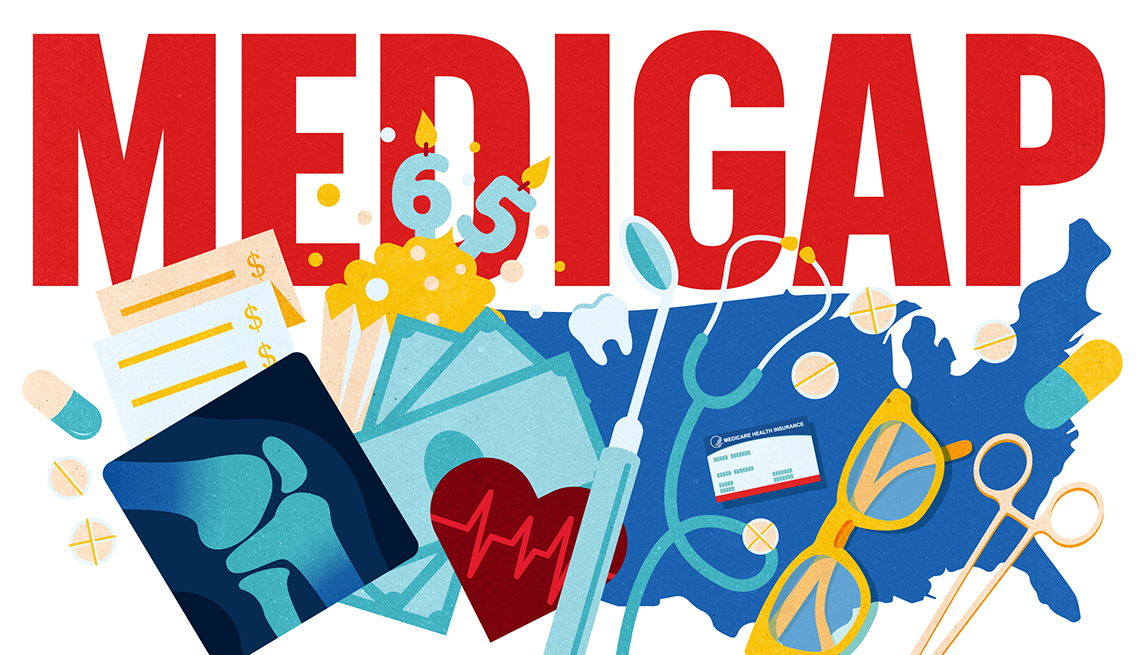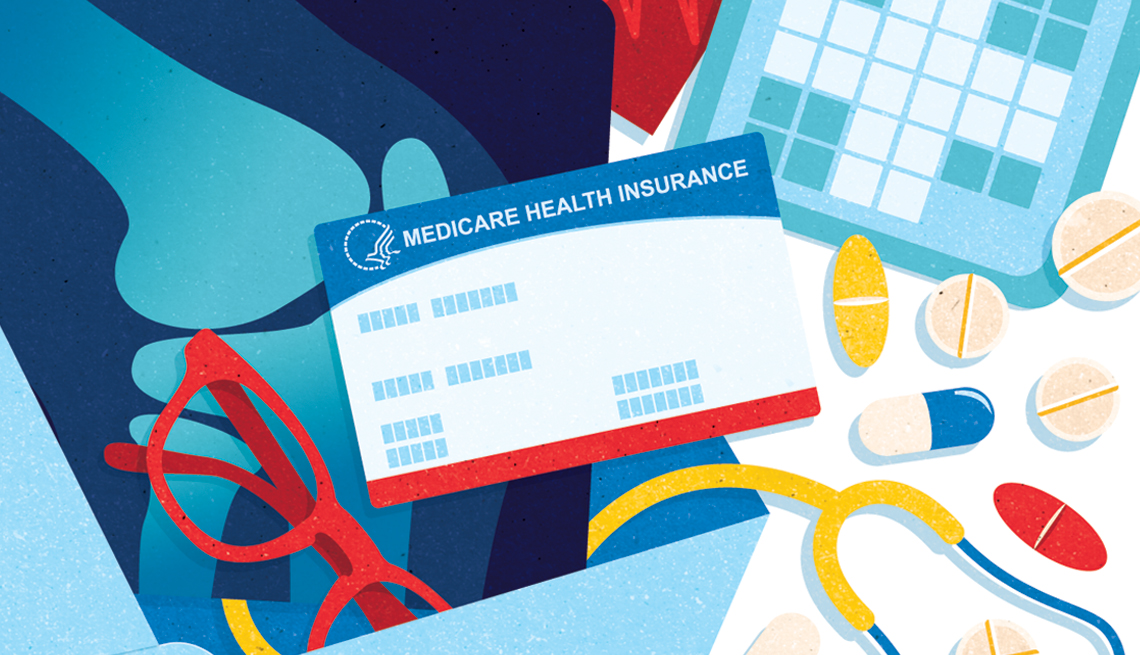AARP Hearing Center


Key takeaways
- Medicare covers adults 65 and older plus people with disabilities.
- Part A pays for hospital stays, Part B for outpatient and other care costs.
- Expect to pay premiums, deductibles, copayments.
- Do your homework before enrolling.
- Discover what coverage is best for you.
Since its inception in 1965, original Medicare has helped millions of people — regardless of income or health — pay for their medical care.
Today more than 67.4 million Americans are enrolled. More than 60 million are age 65 and older. Another 7 million are younger people with disabilities.
Medicare helps pay for doctor visits, hospital stays, hospice care, preventive care, some medical equipment and supplies, surgery and more. Setting aside time before your 65th birthday to review coverage options that meet your budget and health needs is important.
You have a lot to consider, but we’ll help.
What does Medicare pay for?
Medicare has several parts, each designed to cover a certain facet of your health care.
- Part A helps pay for inpatient stays in hospitals and skilled nursing centers, some home health services and end-of-life hospice care.
- Part B helps pay for doctor services, diagnostic tests, outpatient care, preventive care, some medical equipment and supplies, and some medications administered at a doctor’s office.
- Part D prescription plans are policies you can buy because Medicare doesn’t cover most prescriptions.
- Part C, better known as Medicare Advantage, is an alternative to original Medicare that private insurers offer. By law, MA plans must cover all Part A and Part B services, and most include Part D. Some plans also provide extra benefits that original Medicare doesn’t, such as dental, hearing and vision.

















































































More From AARP
7 Medicare Changes You’ll See in 2025
Lower drug costs, coverage changes and new benefits
Medicare Trust Fund Is Expected To Last Until 2036
Trustees this year project an extra 5 years of solvency
My Biggest Retirement Mistake: ‘I Wish I Had Started Saving Earlier’
A retired nomad learns to make do with lessRecommended for You